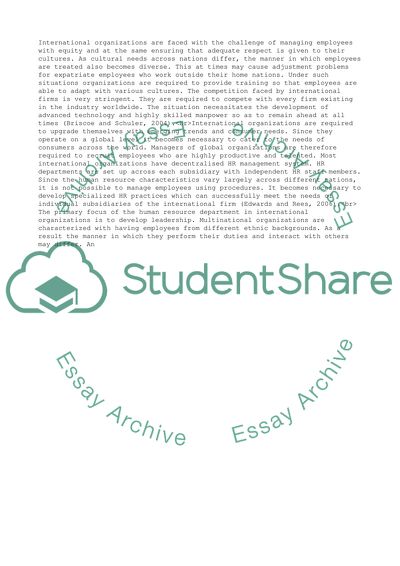Cite this document
(International HRM Essay Example | Topics and Well Written Essays - 3000 words - 4, n.d.)
International HRM Essay Example | Topics and Well Written Essays - 3000 words - 4. https://studentshare.org/human-resources/1836330-international-hrm
International HRM Essay Example | Topics and Well Written Essays - 3000 words - 4. https://studentshare.org/human-resources/1836330-international-hrm
(International HRM Essay Example | Topics and Well Written Essays - 3000 Words - 4)
International HRM Essay Example | Topics and Well Written Essays - 3000 Words - 4. https://studentshare.org/human-resources/1836330-international-hrm.
International HRM Essay Example | Topics and Well Written Essays - 3000 Words - 4. https://studentshare.org/human-resources/1836330-international-hrm.
“International HRM Essay Example | Topics and Well Written Essays - 3000 Words - 4”. https://studentshare.org/human-resources/1836330-international-hrm.


